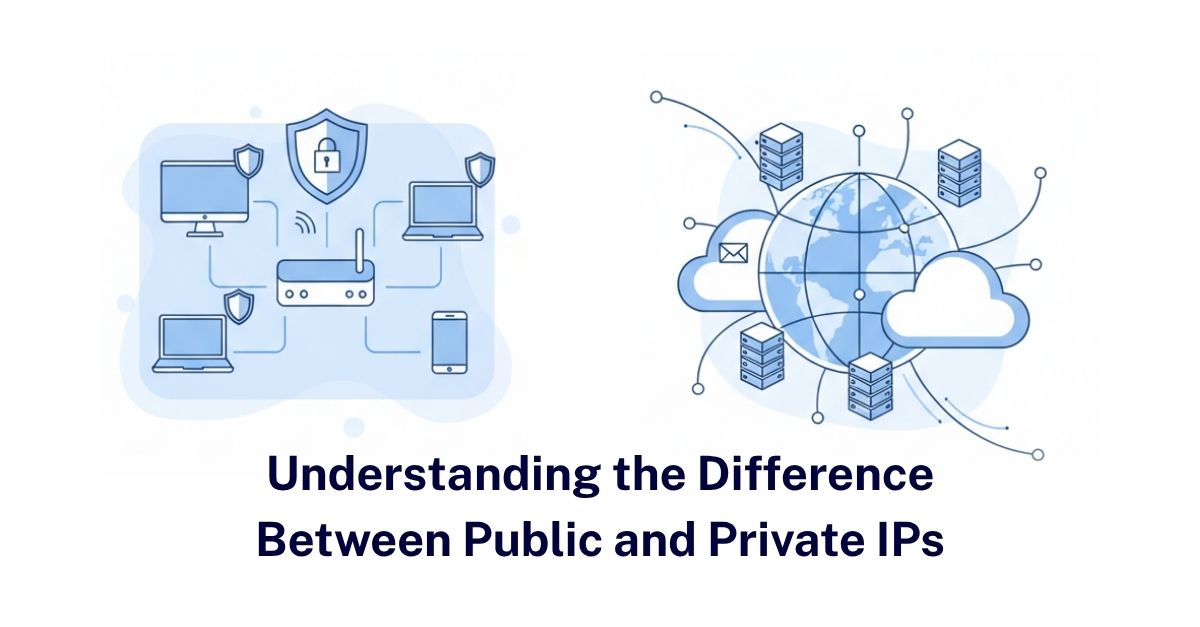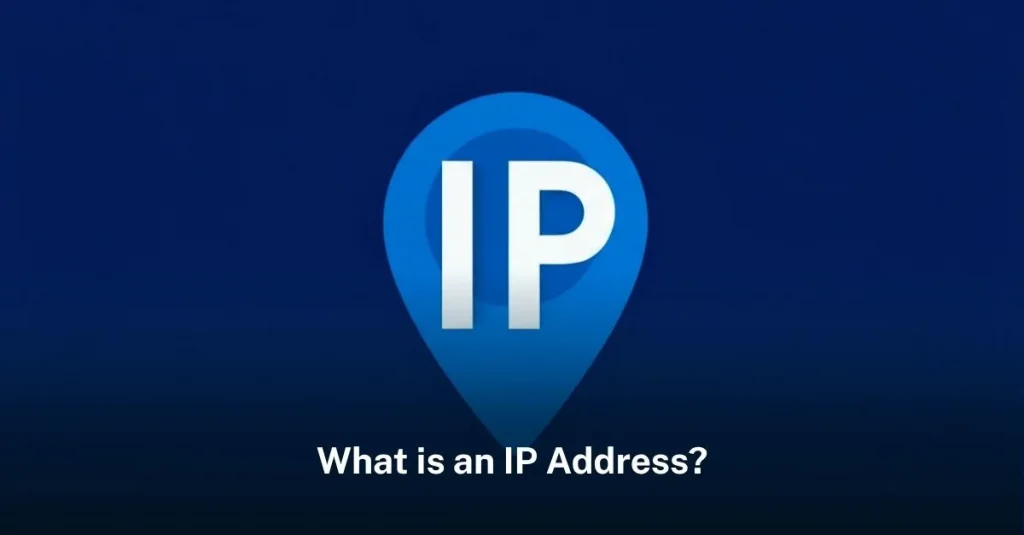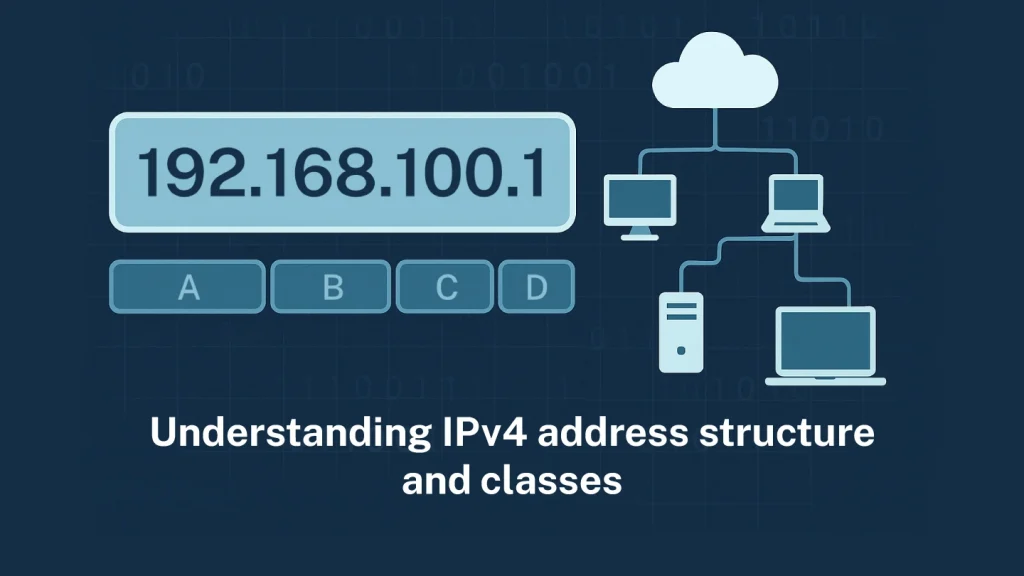In the world of networking, IP addresses are the cornerstone of communication between devices. Every device that connects to a network needs an Internet Protocol (IP) address, but not all IPs are created equal. One of the most important distinctions to understand is the difference between public and private IP addresses. Whether you’re setting up a home network or managing an enterprise infrastructure, grasping this concept is essential.
What Is an IP Address?
An IP address is a unique identifier assigned to each device connected to a network. It allows devices to find and communicate with each other. There are two primary types of IP addresses: IPv4 and IPv6, but for the purpose of this discussion, we’ll focus on IPv4, which is more commonly used in most home and business networks.
Private IP Addresses
Private IP addresses are used within internal networks—such as your home Wi-Fi or a company’s LAN (Local Area Network). These addresses are not routable on the public internet. Instead, they are meant to facilitate communication within a closed network.
The Internet Assigned Numbers Authority (IANA) has reserved the following IP ranges for private use:
10.0.0.0 to 10.255.255.255
172.16.0.0 to 172.31.255.255
192.168.0.0 to 192.168.255.255
For example, your home router might assign your laptop an IP address like 192.168.1.5. This address can be used to communicate with your printer or other devices in your home, but it cannot be accessed directly from the internet.
Public IP Addresses
Public IP addresses, on the other hand, are used for devices that need to be accessible over the internet. These IPs are assigned by Internet Service Providers (ISPs) and must be unique across the entire internet. A public IP address enables devices outside your network to find and interact with your network or server.
For example, a website like example.com will be hosted on a server with a public IP such as 203.0.113.25. This address is reachable from anywhere in the world—provided no firewall or access restrictions are in place.
Why the Difference Matters
The key difference between public and private IP addresses lies in accessibility and security. Private IPs are shielded from the internet, making them inherently more secure from external threats. Public IPs, however, are exposed and therefore need robust security measures such as firewalls and intrusion detection systems.
This is also where Network Address Translation (NAT) comes into play. NAT allows multiple devices with private IPs to share a single public IP when accessing the internet. This not only conserves IP address space but also adds a layer of security by hiding internal IP addresses.
Conclusion
Understanding the distinction between public and private IP addresses is fundamental for anyone involved in networking or IT. Private IPs are for internal communication, while public IPs are used for internet-facing connections. Knowing how to use and secure each type appropriately is key to building efficient and secure networks.










Leave a Reply